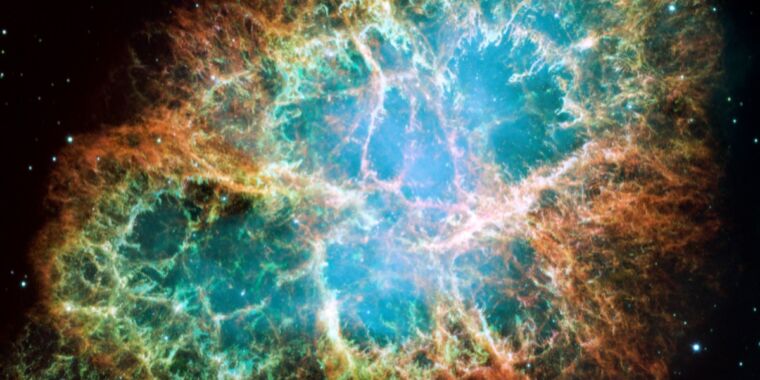
Astronomers haven't been able to identify the remnant of the source for SN 1181 for centuries, and that detail is crucial to determine which class the supernova belongs to.
Now, an international team of astronomers think they have pinpointed that source as one of the hottest stars in the galaxy within the Pa30 nebula, according to a new paper published in the Astrophysical Journal Letters.
As we've written previously, there are two types of known supernova, depending on the mass of the original star.An iron-core collapse supernova occurs with massive stars (greater than ten solar masses), which collapse so violently that it causes a huge, catastrophic explosion.
Then there is a thermonuclear supernova. Smaller stars (up to about eight solar masses) gradually cool to become dense cores of ash known as white dwarfs.In this scenario, a star isn't heavy enough to produce an iron core collapse supernova, yet it's not light enough to prevent its core from collapsing entirely.
It's related to the Type Ia category, in which the supernova is the result of a binary star system where one of the two stars is a white dwarf.
Typically, the white dwarf siphons off hydrogen and helium from its companion star, eventually hitting a critical mass and exploding, destroying the white dwarf in the process.
But there are cases, such as with SN 2012Z, where the white dwarf only loses half its mass and leaves behind a zombie star as a remnant.
Pa30 surrounds a rare, massive Wolf-Rayet star known as Parker's Star.
Astronomers had previously hypothesized that Pa30 and Parker's Star resulted from the collision and ensuing merger of two white dwarf stars, producing a Type Iax supernova, and Zijlstra et al.'s findings are in keeping with that hypothesis.